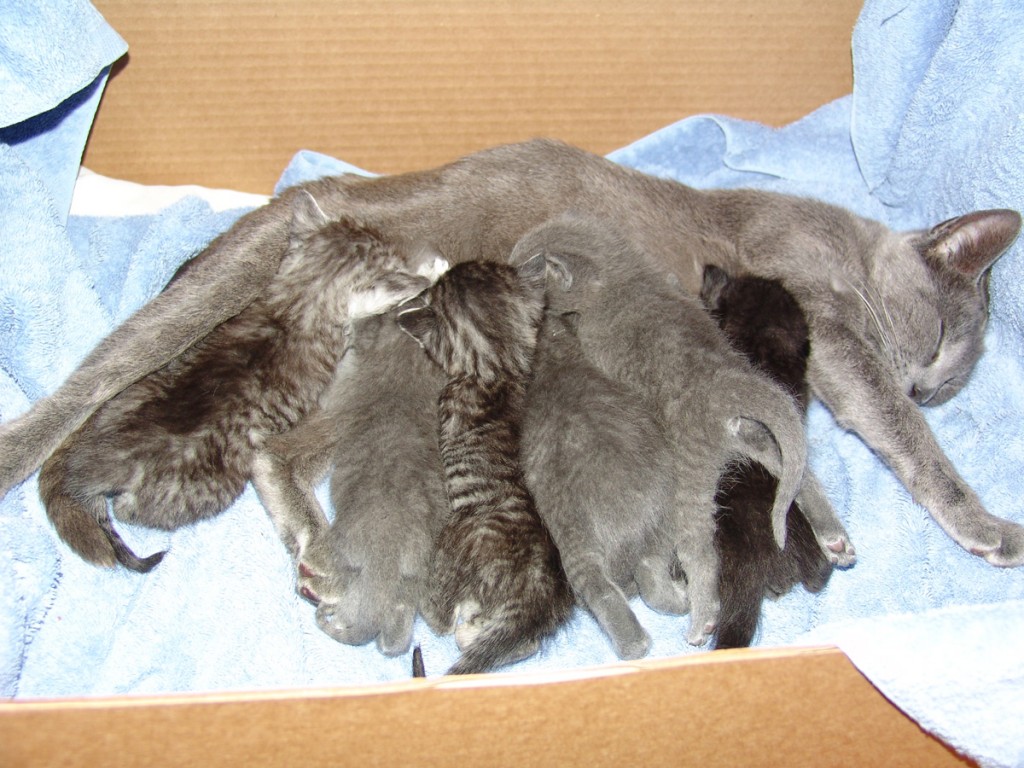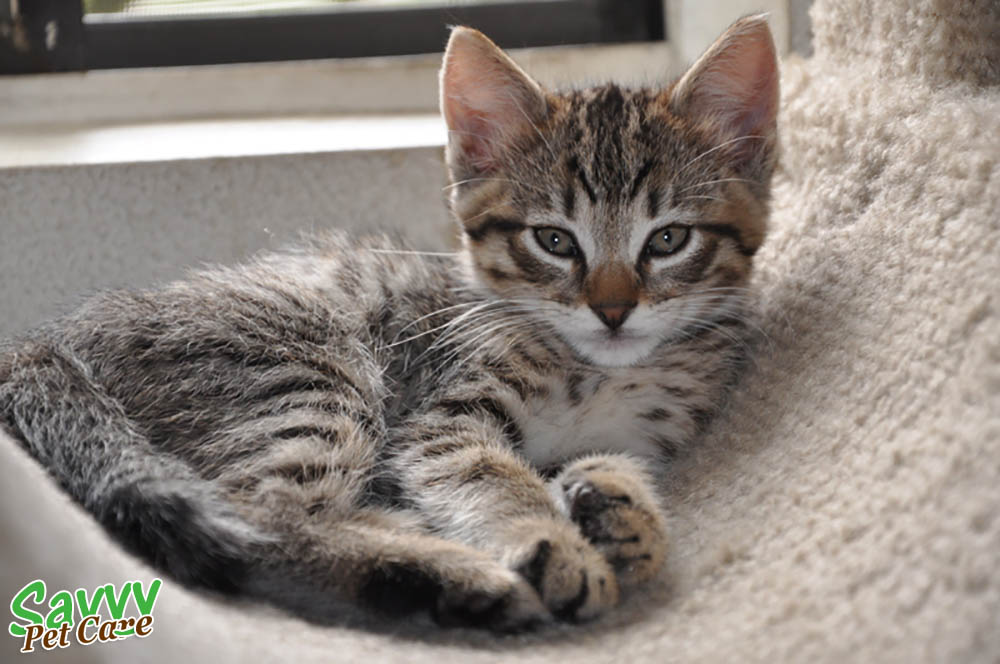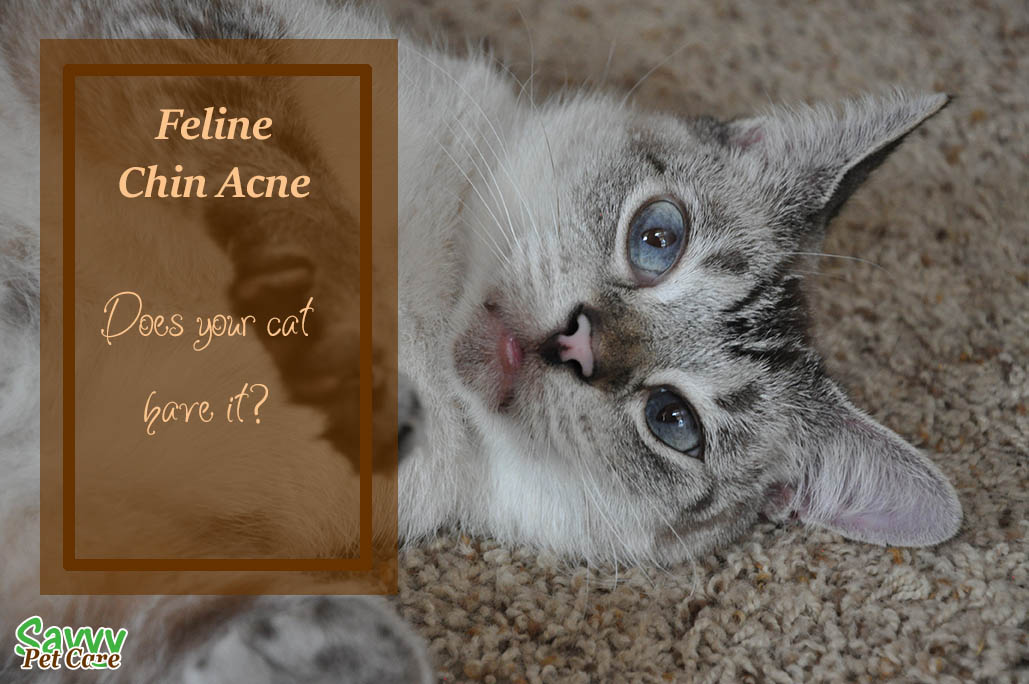Feline leukemia virus (FeLV) is a disease that impairs the cat’s immune system and causes certain types of cancer. This virus is responsible for a majority of deaths in household cats, affecting all breeds. Males are more likely to contract the infection than females, and it is usually seen between the ages of one to six years old.
The name stems from the fact that the first disease associated with the virus was a form of leukemia. By the time it was discovered that the virus was not the same as leukemia, the misnomer had already found its way into the vocabulary of pet owners.
In the United States, approximately 2 to 3% of all cats are infected with FeLV. Rates rise significantly—13% or more—in cats that are ill, very young, or otherwise at high risk of infection. Kittens are much more susceptible to infection than are adult cats, but they develop an increasing resistance to FeLV infection as they mature.
Transmission of feline leukemia virus is mainly via saliva during aggressive behaviors (fighting/biting) or exchange of bodily fluids (sexual contact/mating behavior). Friendly behaviors, such as sharing feeding bowls, water, bedding, or mutual grooming is believed to provide low risk of transmission. Transmission can also take place from an infected mother cat to her kittens, either before they are born or while they are nursing.
The disease has a wide range of effects. The cat can fight off the infection and become totally immune, can become a healthy carrier that never gets sick itself but can infect other cats, or a mid-level case in which the cat has a compromised immune system.
Feline leukemia virus adversely affects the cat’s body in many ways. It is the most common cause of cancer in cats, it may cause various blood disorders, and it may lead to a state of immune deficiency that hinders the cat’s ability to protect itself against other infections. The same bacteria, viruses, protozoa, and fungi that may be found in the everyday environment—where they usually do not affect healthy animals—can cause severe illness in those with weakened immune systems. These secondary infections are responsible for many of the diseases associated with FeLV.
There are two different stages of infection:
- Primary viremia, an early stage of virus infection. During this stage some cats are able to mount an effective immune response, eliminate the virus from the bloodstream, and halt progression to the secondary viremia stage.
- Secondary viremia, a later stage characterized by persistent infection of the bone marrow and other tissue. If FeLV infection progresses to this stage it has passed a point of no return: the overwhelming majority of cats with secondary viremia will be infected for the remainder of their lives.
During the early stages of infection, it is common for cats to exhibit no signs of disease at all. However, over time—weeks, months, or even years—the cat’s health may progressively deteriorate or be characterized by recurrent illness interspersed with periods of relative health.
The signs and symptoms of infection are quite varied and include loss of appetite, poor coat condition, anisocoria (uneven pupils), infections of the skin, bladder and respiratory tract, oral disease, seizures, lymphadenopathy (swollen lymph nodes), skin lesions, fatigue, fever, weight loss, stomatitis, gingivitis, litter box avoidance, pancytopenia, recurring bacterial and viral illnesses, anemia, diarrhea, and jaundice.
Two types of FeLV blood tests are used to diagnose the disease. Both detect a protein component of the virus as it circulates in the bloodstream.
- ELISA (enzyme-linked immunosorbent assay) and similar tests can be performed in your veterinarian’s office. ELISA-type tests detect both primary and secondary stages of viremia.
- IFA (indirect immunofluorescent antibody assay) tests must be sent out to a diagnostic laboratory. IFA tests detect secondary viremia only, so the majority of positive-testing cats remain infected for life.
Each testing method has strengths and weaknesses.Your veterinarian will likely suggest an ELISA-type test first, but in some cases, both tests must be performed—and perhaps repeated—to clarify a cat’s true infection status. FeLV tests can provide inconclusive results:
- A cat in the initial stage of FeLV infection may test negative.
- A cat exposed to FeLV may test positive during the transient phase of the infection and then test negative if the virus is overcome.
- Tests are not 100% accurate and can yield false positive results.
Vaccinations are available but they do not guarantee 100% immunity. The only sure way to protect your cat is to prevent its exposure to FeLV-infected cats. Keep cats indoors, away from potentially infected cats that might bite them. If you do allow your cats outdoor access, provide supervision or place them in a secure enclosure to prevent wandering and fighting.
If your cat is diagnosed with FeLV, there are several things you can do to maximize its life expectancy and comfort.
- Confine FeLV-infected cats indoors to reduce their exposure to other infectious agents carried by animals, and to prevent the spread of infection to other cats in the neighborhood.
- Spay or neuter FeLV-infected cats.
- Feed nutritionally complete and balanced diets.
- Avoid uncooked food, such as raw meat and eggs, and unpasteurized dairy products because the risk of food-borne bacterial and parasitic infections is much higher in immunosuppressed cats.
- Schedule wellness visits with your veterinarian at least once every six months. Although a detailed physical examination of all body systems should be performed, your veterinarian should pay special attention to the health of the gums, eyes, skin, and lymph nodes. A complete blood count, serum biochemical analysis, and a urine analysis should be performed at every examination. Additionally, your cat’s weight should be accurately measured and recorded, as weight loss is often the first sign of deterioration.
- Closely monitor the health and behavior of your FeLV-infected cat. Alert your veterinarian to any changes in your cat’s health immediately.
- There is no scientific evidence that alternative, immunomodulator, or antiviral medications have any positive benefits on the health or longevity of healthy infected cats.
With appropriate care and under ideal conditions, infected cats can remain in apparent good health for many months, although most succumb to a FeLV-related disease within two or three years after becoming infected. If your cat has already experienced one or more severe illnesses as a result of feline leukemia virus infection, or if persistent fever, weight loss, or cancer is present, a much shorter survival time can be expected.
More Info:
- Feline Leukemia Virus from Cornell Feline Health Center
- Feline Leukemia Virus from Alley Cat Allies



















Pingback: Leukemia dog | Vanisson
Pingback: Boy George — the Kitty who Almost Wasn’t | MeoowzResQ